The architectural complex of Villa Pucci Boncambi draws its origins from an ancient dovecote tower dating back to between the 11th and 12th centuries. Over the centuries, the tower was embellished and enlarged in several stages until it became a country villa for the most noble Perugian noble families, including the Ranieri, the Eugeni and finally the Pucci Boncambi, until it took on the splendid form in the eighteenth century as it is today.
The villa, as was usual for properties of great value, was bought and sold among the most prominent noble families within the aristocracy of Perugia until 1813, when it was acquired by Count Rodolfo Pucci Boncambi, who gave it the image we can appreciate today.
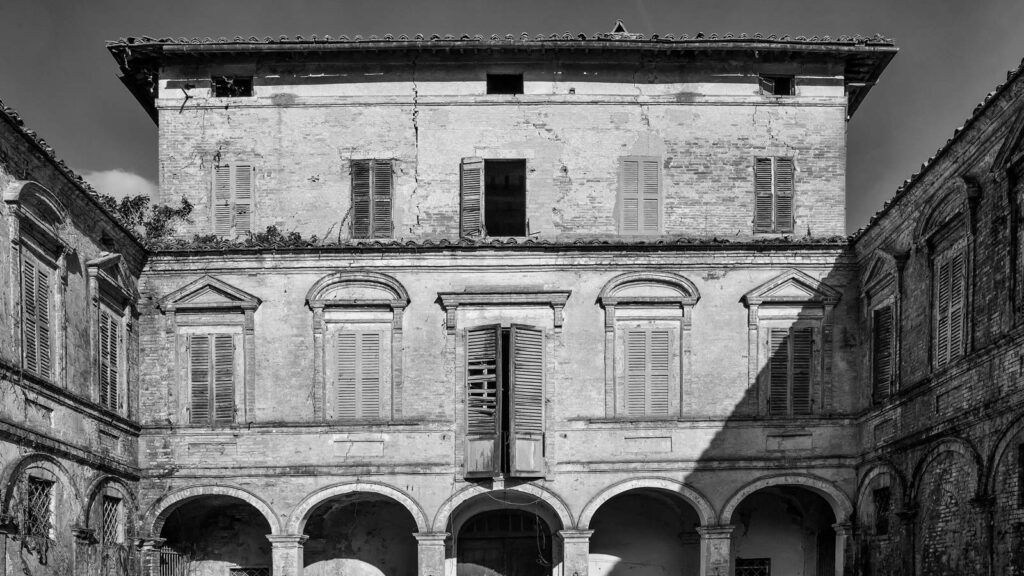
In some post-World War II deeds, the land value of the villa decreased due to the explosion of a mine laid by a German garrison camped at the property during the Nazi occupation.
Despite that, the Pucci Boncambi family, which moved to Rome after the world conflict, stayed in the villa every summer until the death of the last Count in 1997.
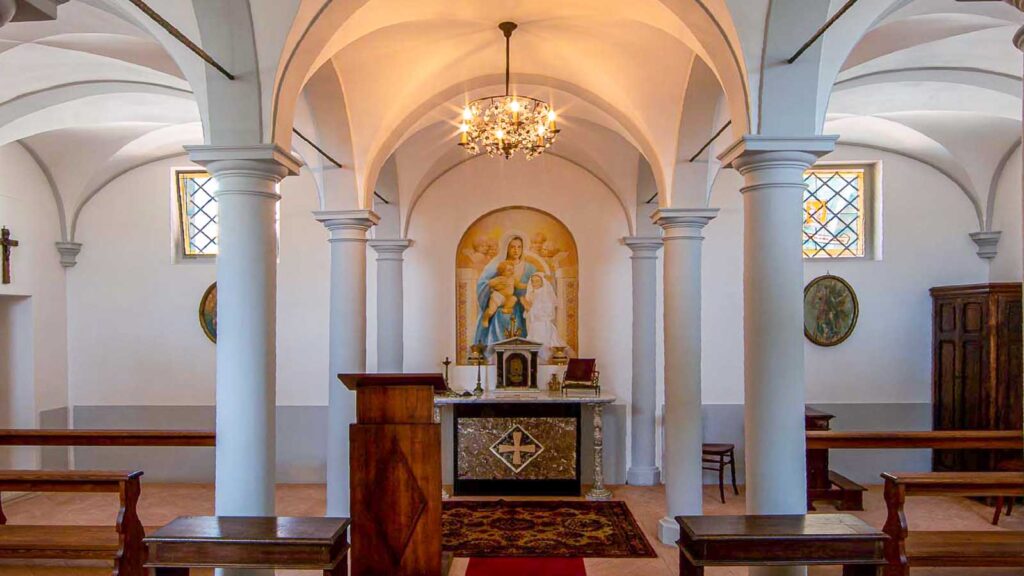
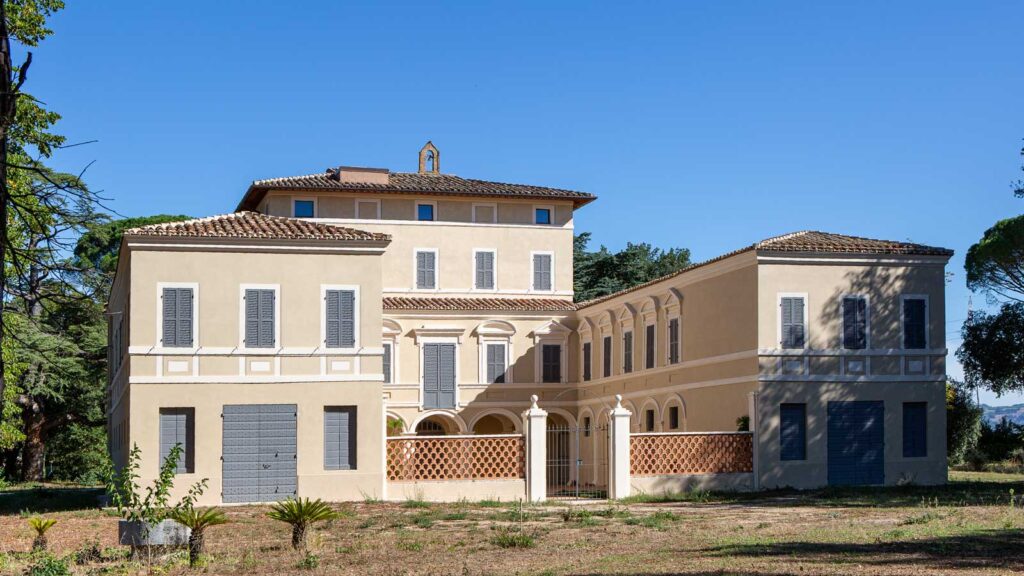
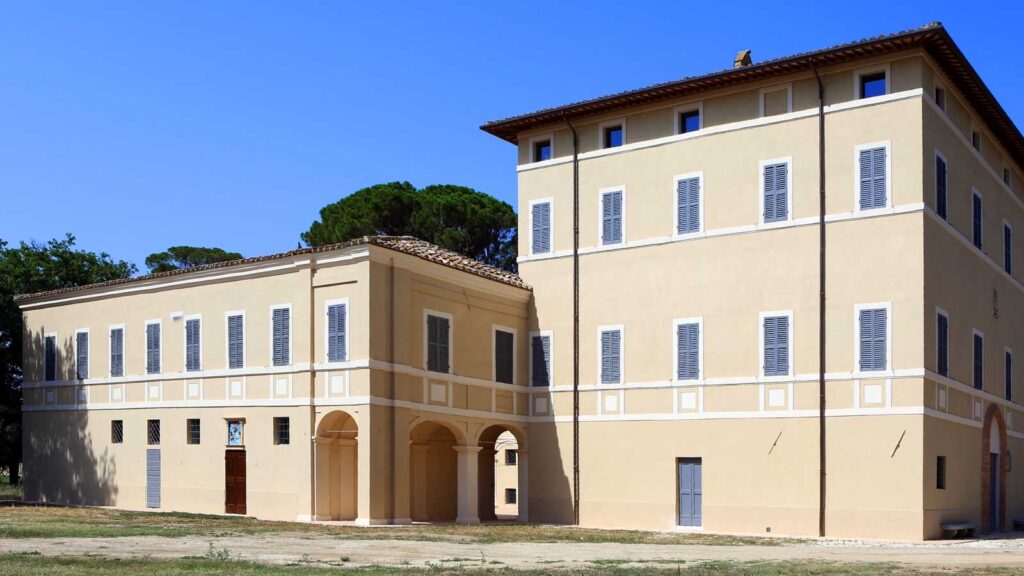
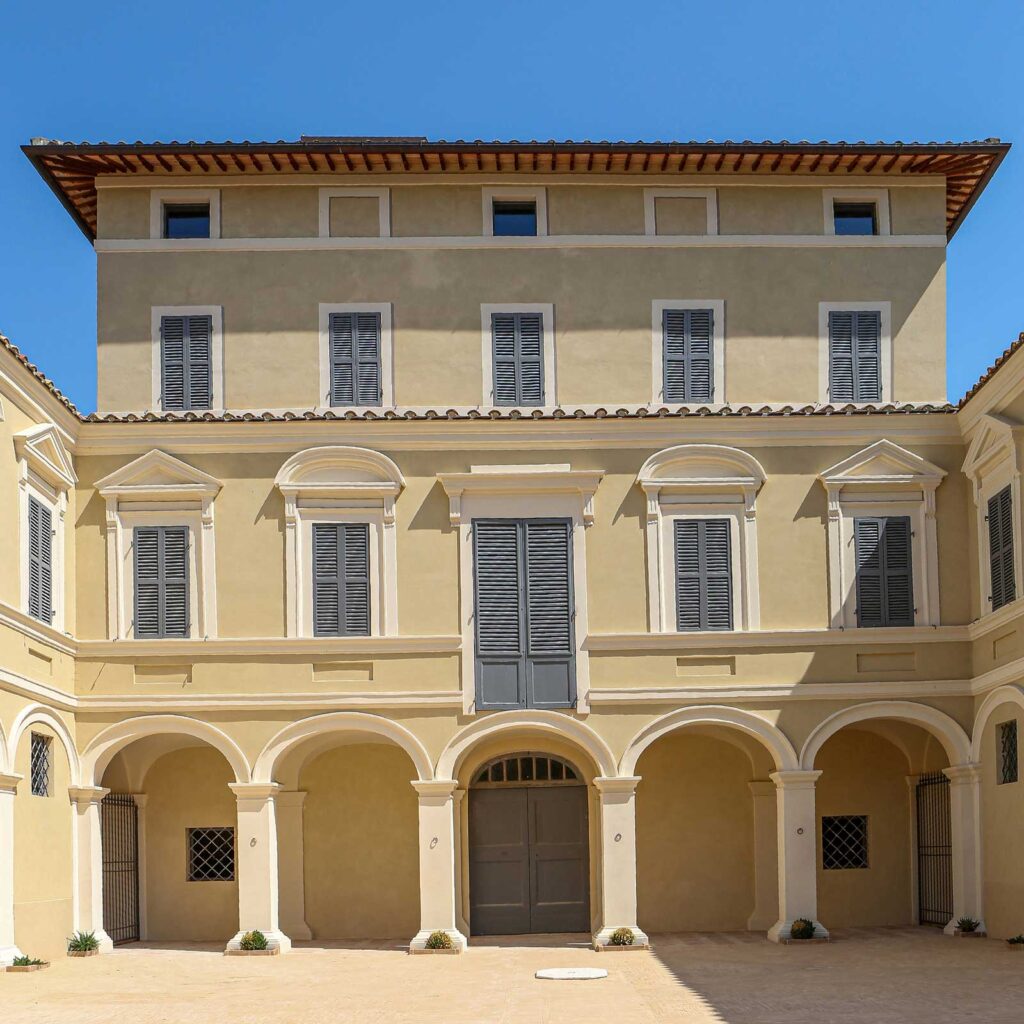
Since then, the villa remained in a state of semi-abandon until 2015, when restoration and consolidation works began, whose design was entrusted to the Design Studio of Surveyor Marco Mezzasoma, with the collaboration of Surveyor Michele Aquinardi and Engineers Mirco Vitali and Davide Pasqualoni for the structures.
The works, of remarkable importance, were commissioned by Giuseppe Malizia, a renowned and highly influential businessman from Bastia Umbra.
Currently, the building complex has been structurally consolidated and externally completed with techniques and materials that respect its historical-architectural evidence.